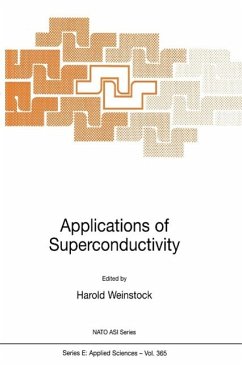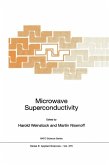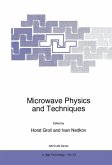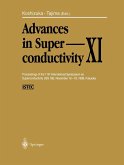This book, in essence the proceedings of a NATO Advanced Study Institute with the same title, is designed to provide in-depth coverage of many, but not all, of the major current applications of superconductivity, and of many that still are being developed. It will be of value to scientists and engineers who have interests in the research and production aspects of the technology, as well as in the applications themselves. The ftrst three chapters (by Clarke, Vrba and Wikswo) are devoted to an understanding of the principles, fabrication and uses of SQUID magnetometers and gradiometers, with the greatest emphasis on biomagnetism and nondestructive evaluation (NDE). For the most part, traditional low-temperature superconductor (LTS) SQUIDs are used, but particularly for NDE, high-temperature superconductor (HTS) SQUIDs are proving useful and often more convenient. The succeeding three chapters (by Przybysz, Likharev and Chaloupka) cover broader aspects of superconducting electronics. The ftrst two of these deal primarily with digital L TS circuits, while the third discusses in great detail passive component applications using HTS materials. Currently, HTS ftlters are undergoing intense J3-site testing at cellular telephone base stations. While it is clear that HTS ftlters outperform conventional ftlters in reducing signal loss and allowing for more channels in a given bandwidth, it isn't yet certain that the cellular telephone industry sees sufficient economic beneftts to make a ftrm decision to use HTS ftlters universally in its systems. If this application is generally adapted, the market for these ftlters should be quite large.
Dieser Download kann aus rechtlichen Gründen nur mit Rechnungsadresse in A, B, BG, CY, CZ, D, DK, EW, E, FIN, F, GR, HR, H, IRL, I, LT, L, LR, M, NL, PL, P, R, S, SLO, SK ausgeliefert werden.









